Researchers at the University of California, San Francisco, have made a noticeable penetration in the technology of computer interface (BCI), allowing individuals with paralysis to control automatic devices through thought alone.
This innovation combines artificial intelligence (AI) with neuroscience, allowing a paralyzed man to manipulate an automatic arm by imagining the movements, an achievement that represents a great milestone in restoring autonomy for persons with severe kinetic disabilities.
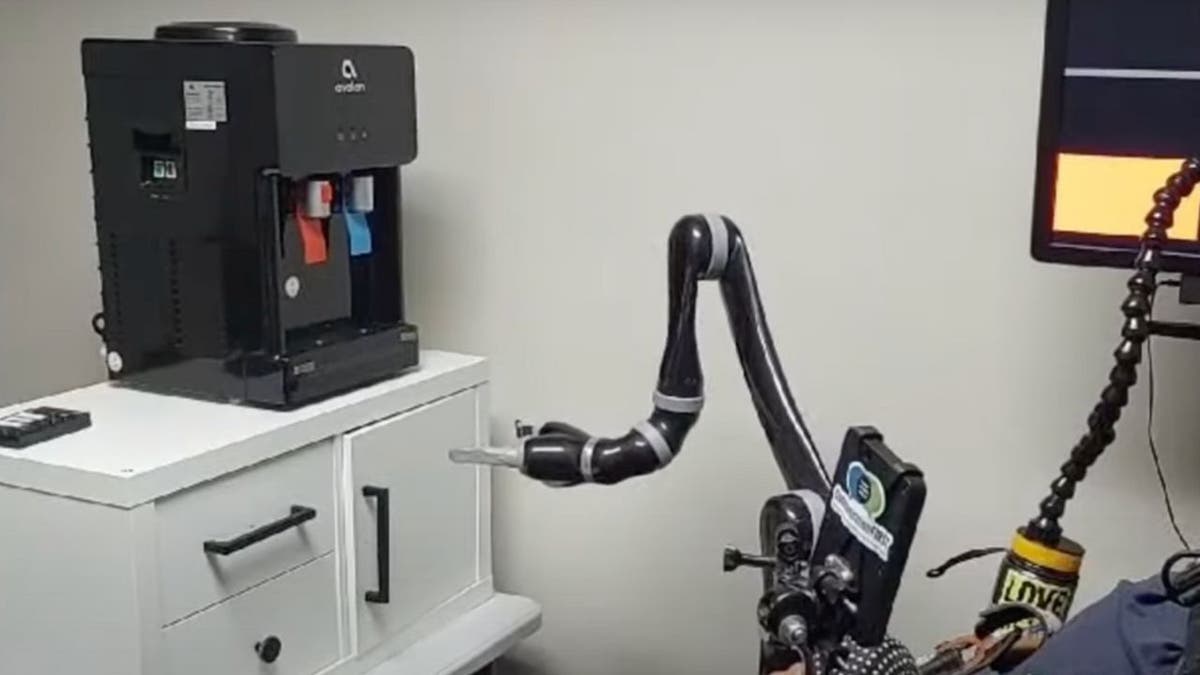
Brain computer interface technology (BCI) (Uc San Francisco)
Computers in the brain: a new era of control
The device, known as a The computer's computer interface (BCI), represents an integration of advanced artificial intelligence and nerve engineering. BCIS has previously struggled to keep jobs over long periods, and often loses the event after only one or two days. However, the newly developed BCI has set a record by working smoothly for seven months without the need for major adjustments.
The key is the ability of the artificial intelligence model to adapt to the exact changes in the activity of the brain over time. Individuals also imagine the movements repeatedly, artificial intelligence improves their understanding of these nerve signals, allowing the most accurate control of automatic devices. Dr. Carronish Ganguli, a neurologist and professor at UCSF, stressed that this adaptive learning between humans and AI is crucial to achieving vibrant functions in neuroscience.
What is artificial intelligence (AI)?
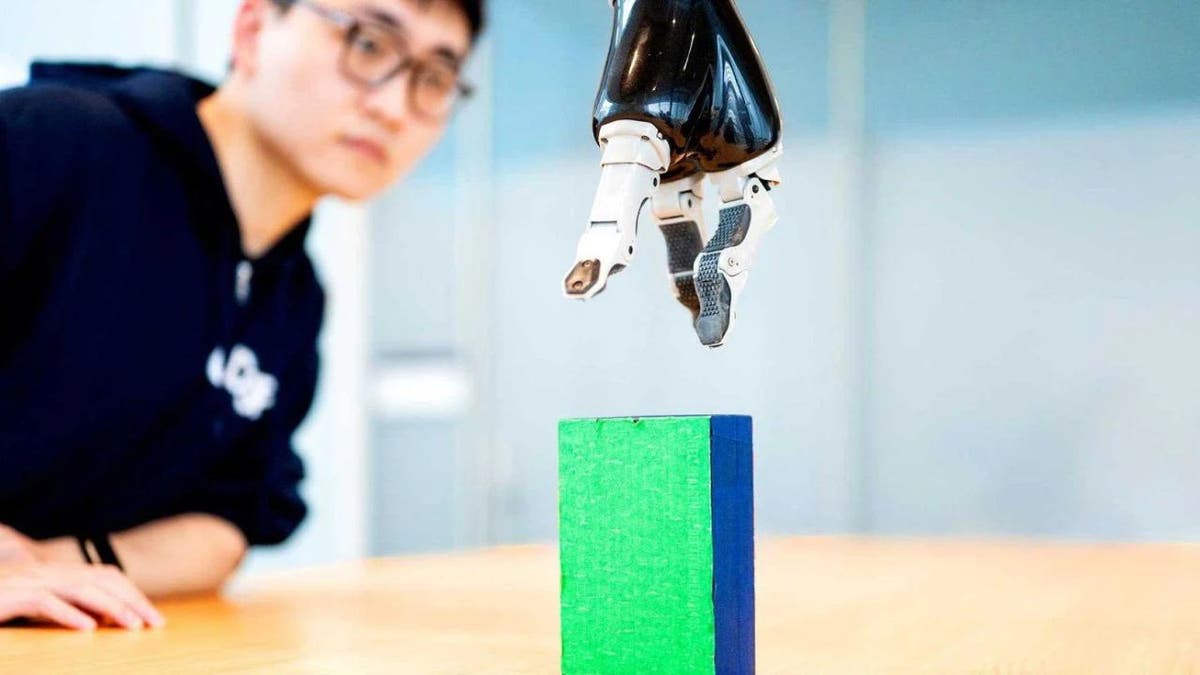
Computer interface technology (Uc San Francisco)
The outer structure helps the paralyzed people restore independence
Understanding changes in the brain: science behind penetration
Dr. Gangouli's search It revealed that although the form of brain activity representations is still consistent, their positions turn slightly from day to day. This discovery explains the reason why the previous BCIS quickly enabled it to explain nerve signals accurately.
To face this challenge, Gangouli and his team studied a paralysis participant years before stroke. Sensitive sensors on the surface of his brain recorded nervous signals as they imagined movements such as absorbing or raising things. Over two weeks, these signals have been used to train the artificial intelligence model at the expense of daily transformations in brain activity patterns.
How to remove your private data from the Internet
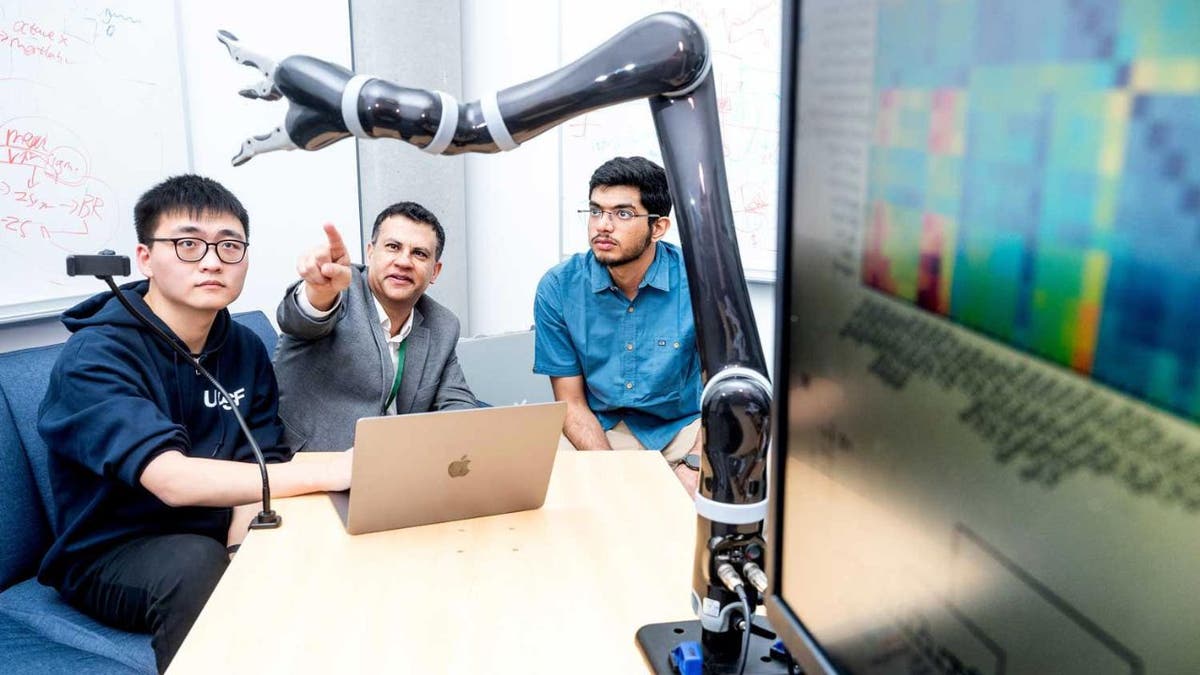
Computer interface technology (Uc San Francisco)
How do the Neuralink's Neuralink's Elon Musk
From virtual practice to success in the real world
Initially, the participant practiced control of a virtual robotic arm who made notes on his imagined movements. This training helped improve its ability to imagine accurate procedures. Once he moves to the use of a real robotic arm, he quickly mastered tasks such as picking blocks, opening tanks and even carrying a cup under the water distributor.
After months, the participant kept his ability to control the automatic arm with minimal calibration, with a highlight of the long -term reliability of this BCI system.
Get Fox Business on the Go by clicking here
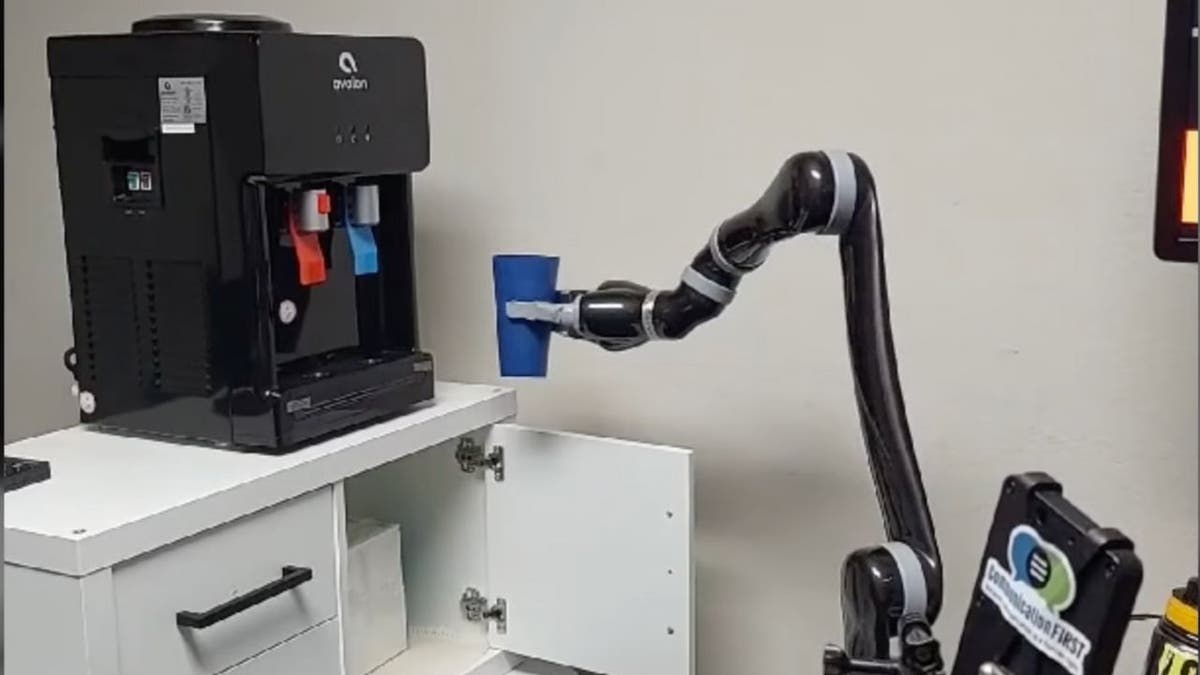
Computer interface technology (Uc San Francisco)
This technique can read the mind using artificial intelligence to convert brain activity into a text
The effects of paralysis people
This leading technology has deep effects on paralysis individuals. Tasks such as feeding himself or accessing water independently can greatly improve the quality of life. Dr. Ganguli is optimistic about improving artificial intelligence to enhance speed and liquidity in movement while testing the system in home environments.
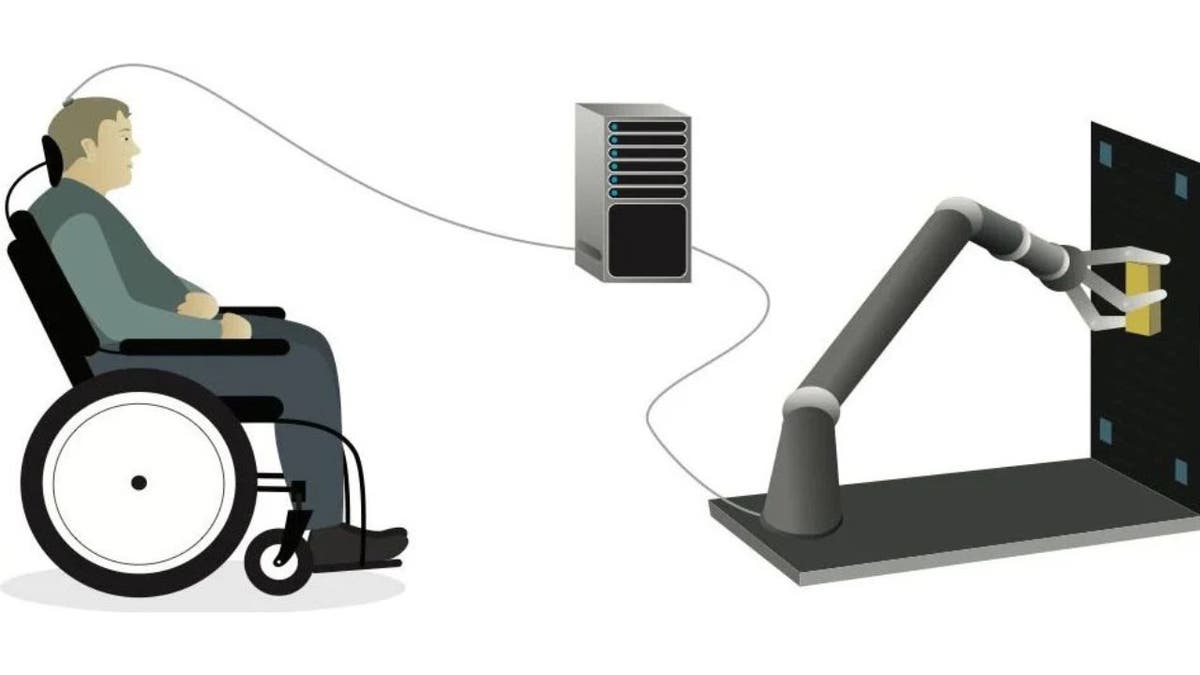
Computer interface technology (Uc San Francisco)
Kurt fast food
The incorporation of adaptive artificial intelligence into BCIS is a new chapter in neuropathic, and provides hope for millions who live with paralysis all over the world. With continuous progress, these systems can soon restore basic functions and independence, which transforms life in ways that are impossible.
When computer facades in the brain that Amnesty International works begin to provide a new independence for paralysis individuals, what do you think of the most important steps in developing these techniques to improve the daily life of the affected people? Let's know through our writing in Cyberguy.com/contact
Click here to get the Fox News app
For more technical advice and security alerts, participated in the free newsletter of Cyberguy Report by going to Cyberguy.com/newsledter
Ask Kurt a question or tell us about the stories you want to cover
Follow Court on his social channels
Answers to the most asked Cyberguy questions:
New from Court:
Copyright 2025 Cyberguy.com. All rights reserved.



